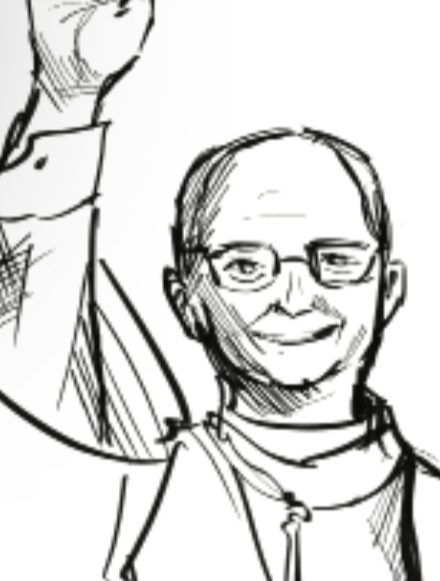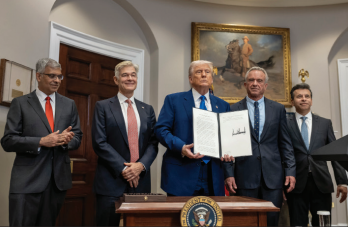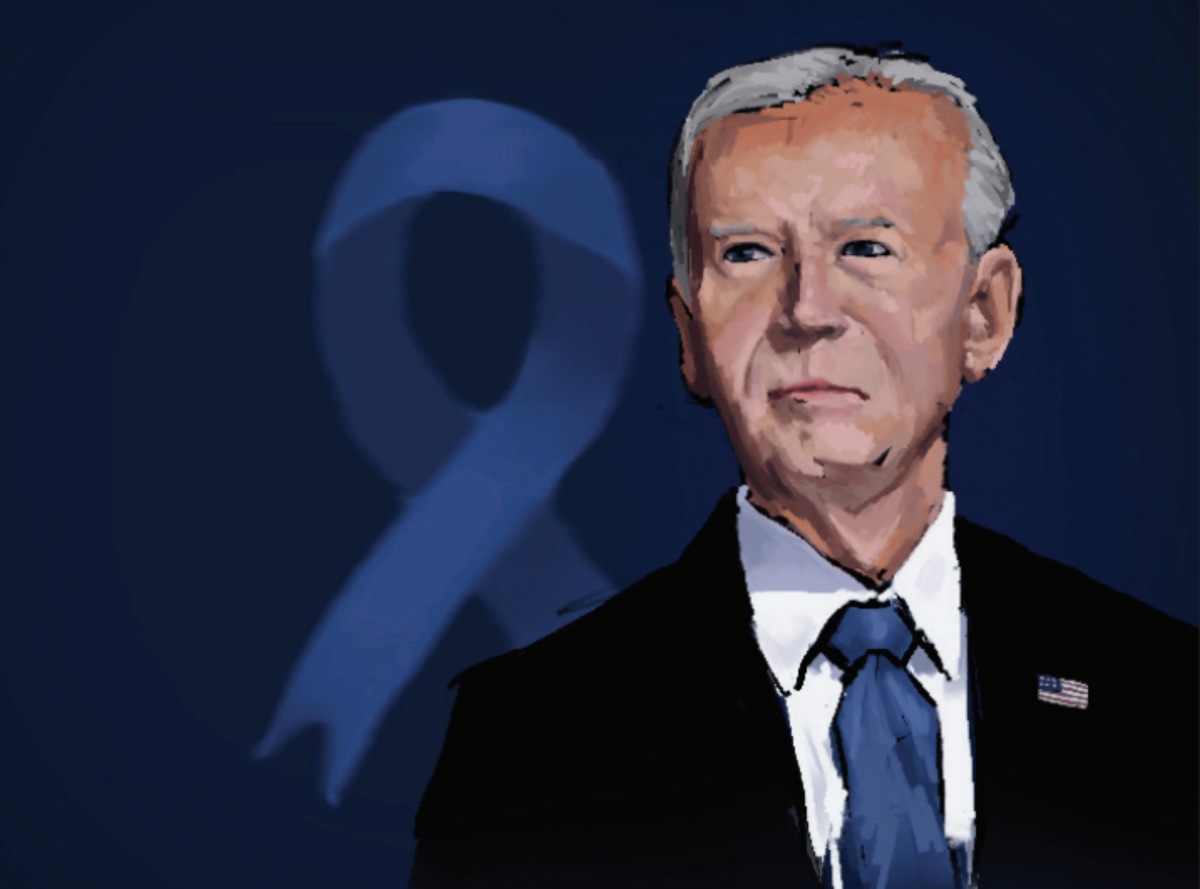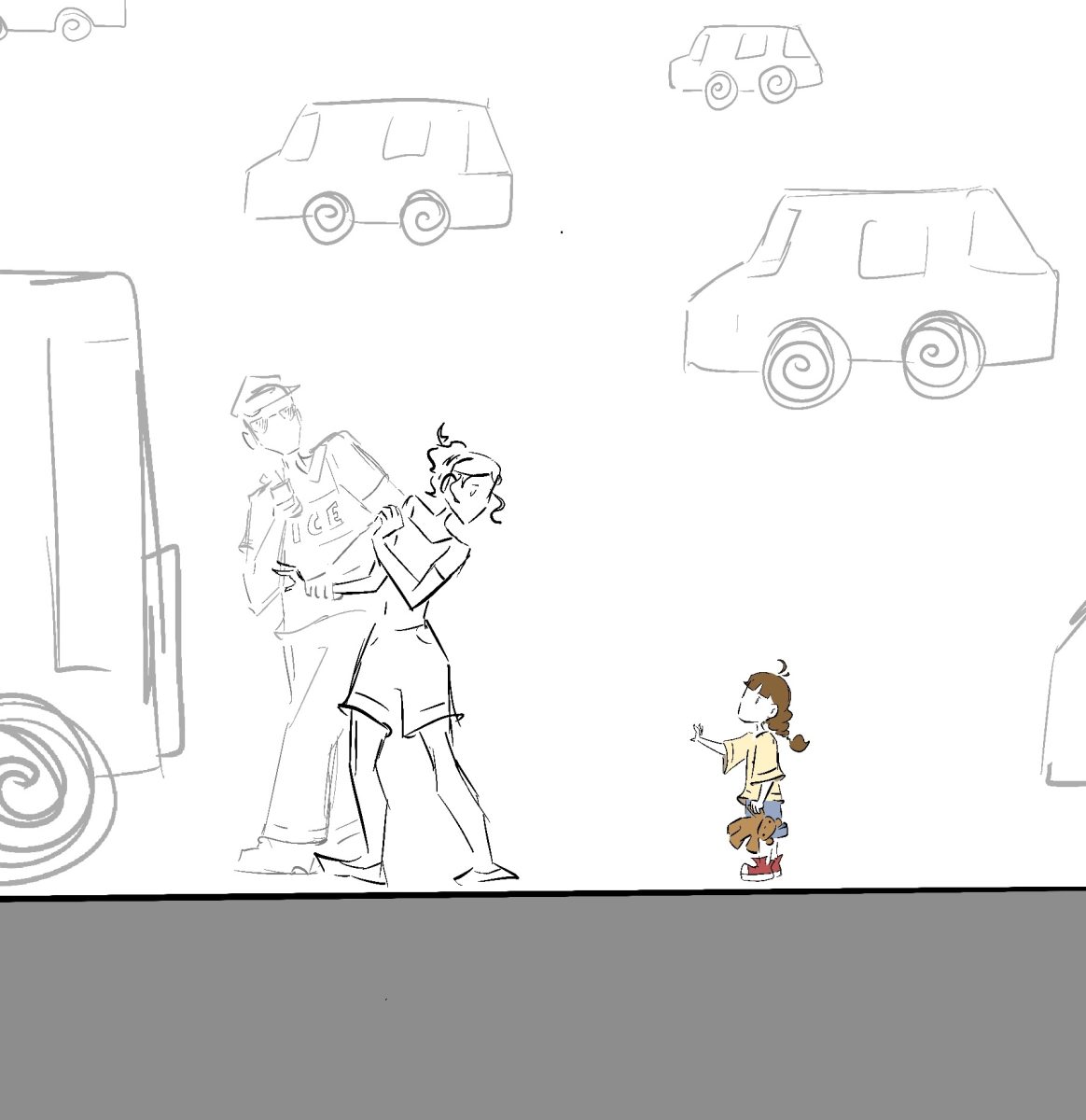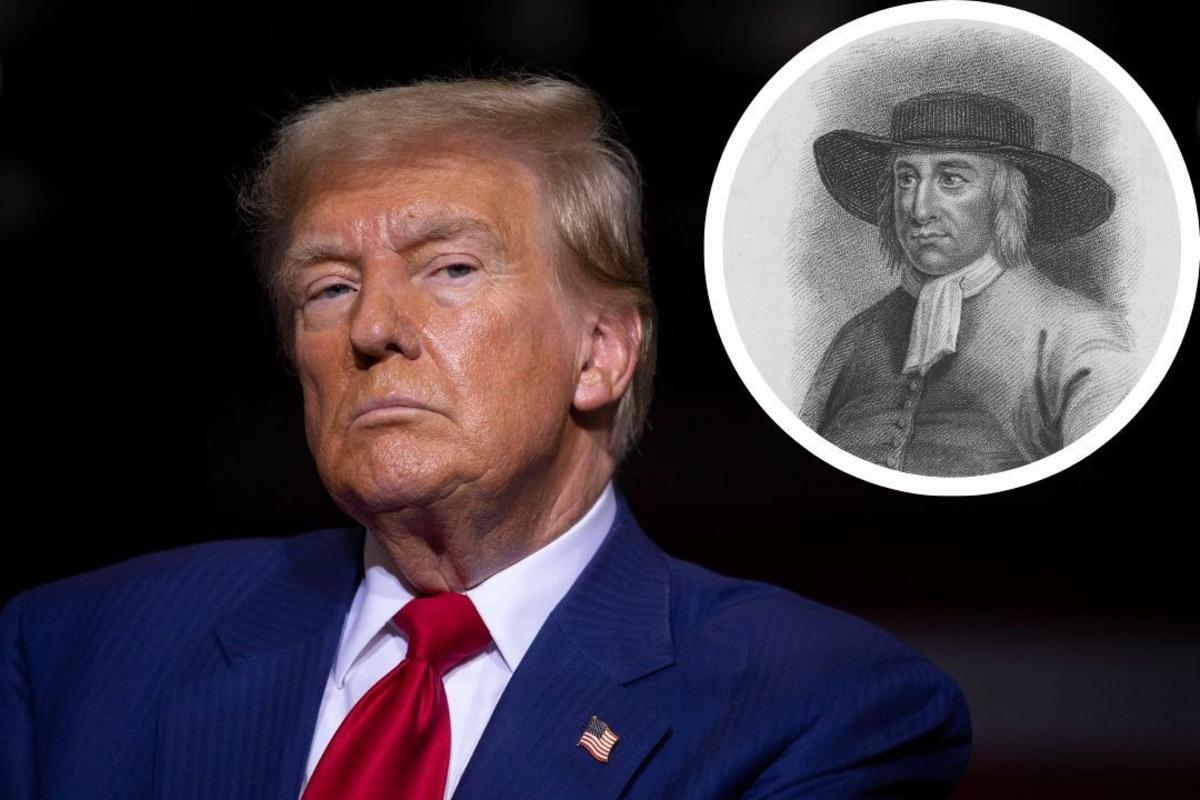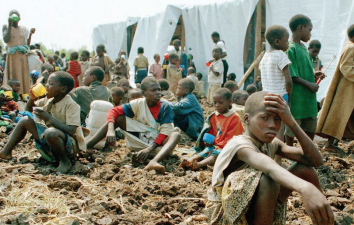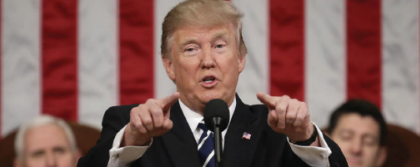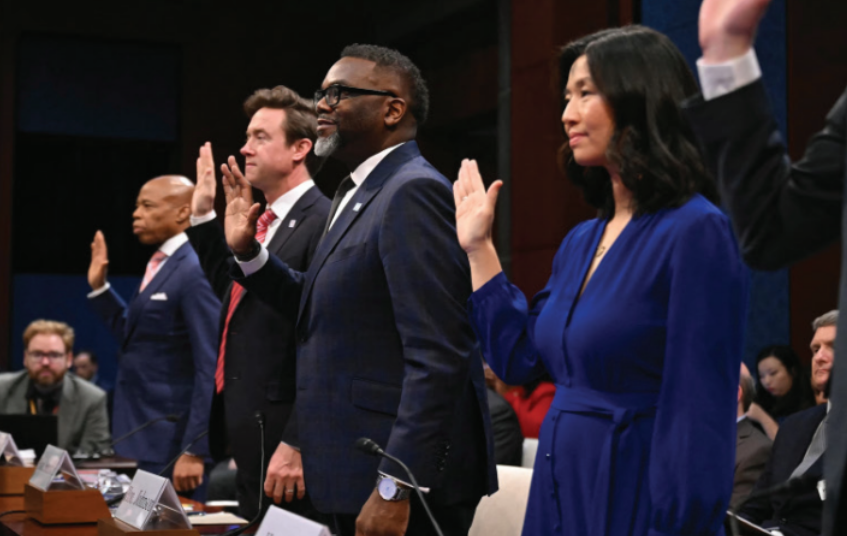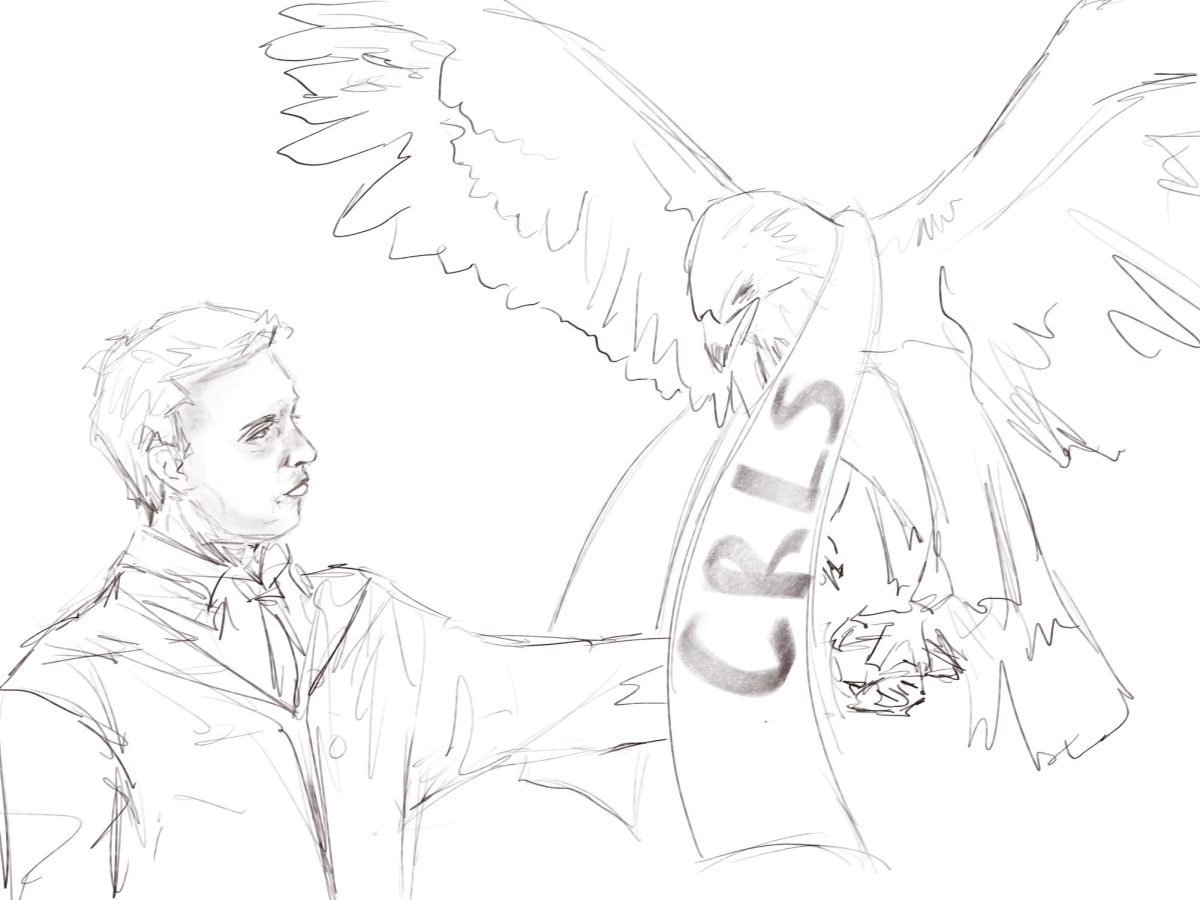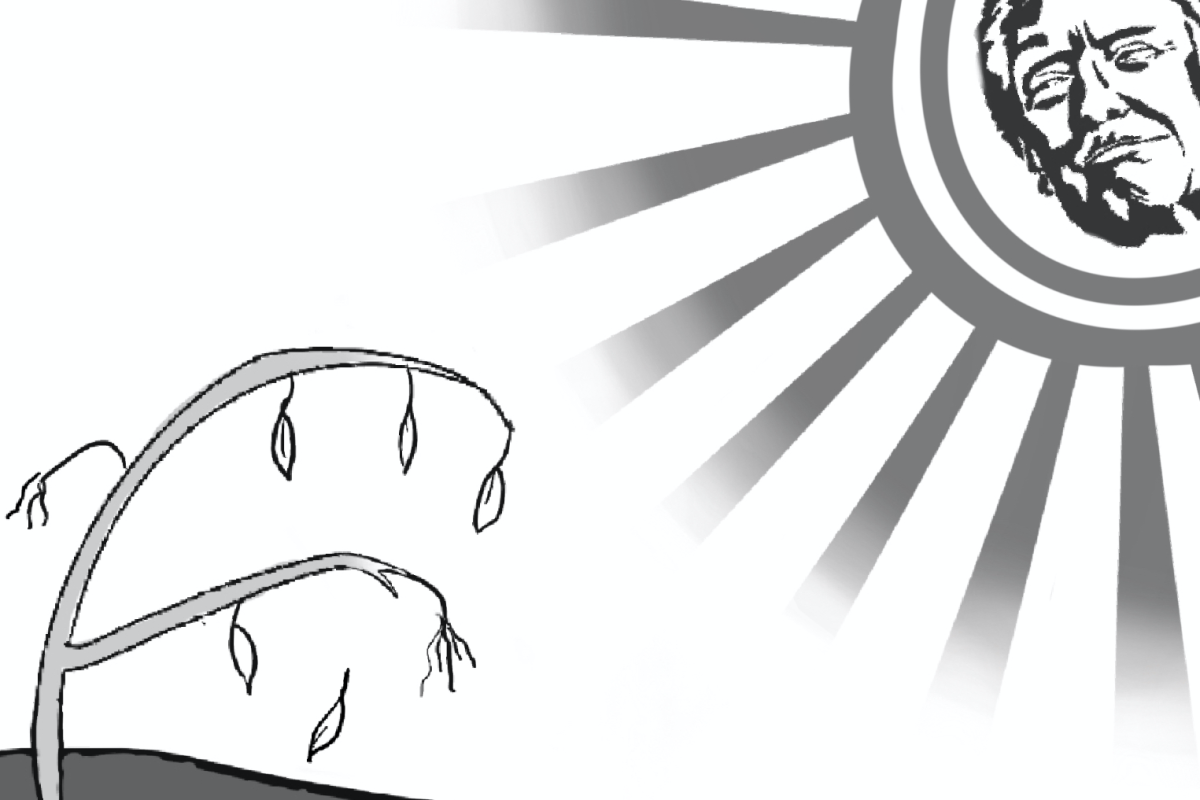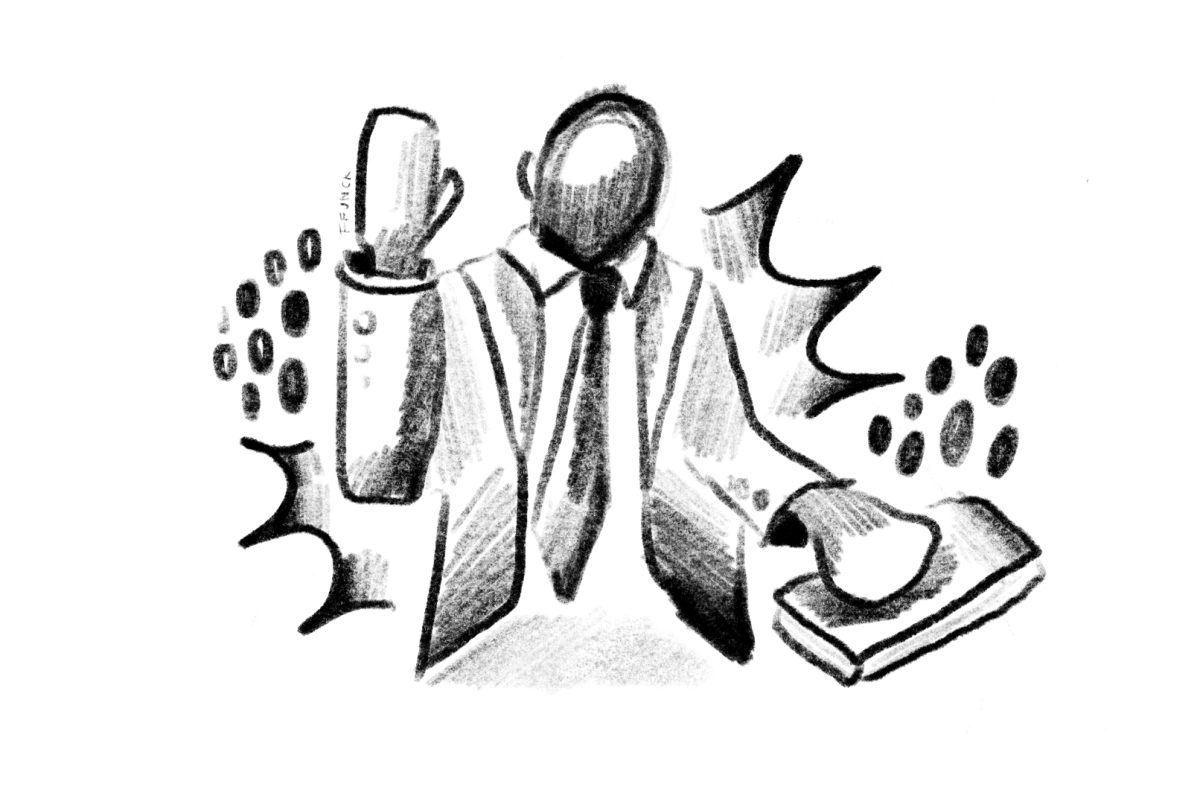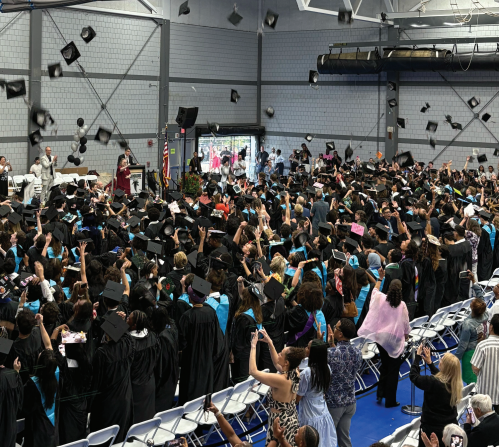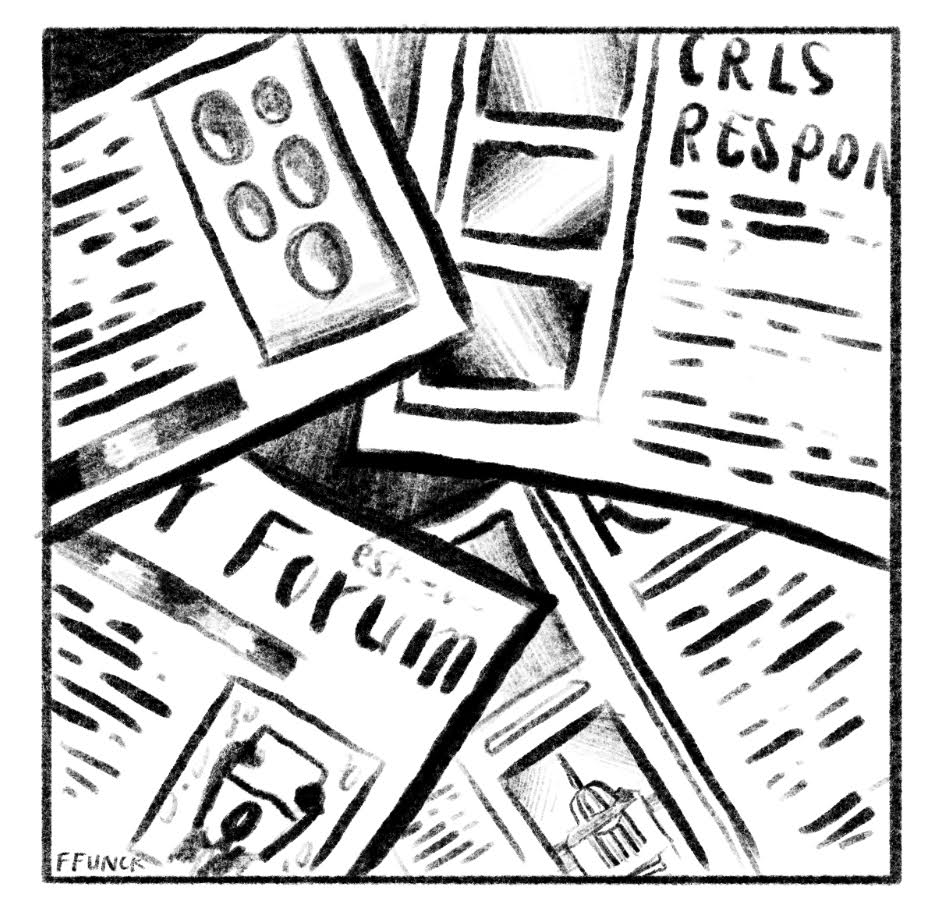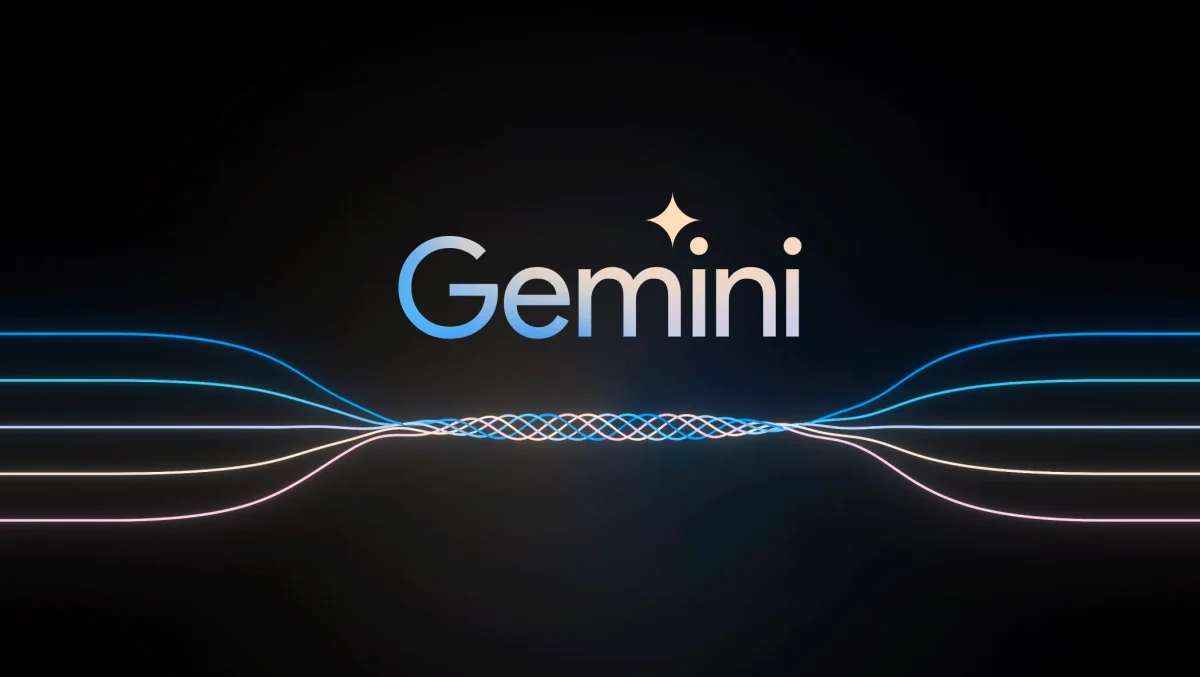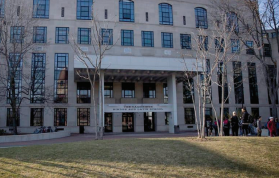Next October, Canadians will head to the polls for their 2025 national election. Most importantly, they will elect a new prime minister, choosing between the Liberal incumbent Justin Trudeau, and the new Conservative leader, Pierre Poilievre. Poilievre quickly rose to power in 2022 after being one of the foremost supporters of the right-wing “Freedom Convoy” protests. The protests started as a demonstration against vaccine mandates for cross-border truckers, and evolved into a multi-day encampment on the streets of Ottawa. Poilievre managed to engage swaths of Canadian voters that had felt alienated by the Trudeau administration. This was also aided by a broader right-wing populist movement in Canada, which led to a massive slide in Trudeau’s approval ratings, especially among male voters. Currently, the Angus Reid Institute has only around 30% of Canadians approving of Trudeau, a huge fall from grace compared to around 60% at the beginning of his first term.
Trudeau and Poilievre are both young and animated politicians, but that is where the similarities end. Trudeau’s father, Pierre Eliot Trudeau, served as the prime minister of Canada for 15 years, whereas Poilievre was born to a 16-year-old high school student and adopted by a middle class Calgary family. Trudeau has often gone out of his way to appear politically correct, famously attracting criticism from the right for suggesting a woman say “peoplekind” instead of “mankind” in 2018. Meanwhile, Poilievre is more combative, getting ejected from the house of commons in early 2024 for calling Trudeau a “wacko,” and is notorious for his fiery debates with the prime minister during question periods.
Poilievre and Trudeau offer two very different visions for Canada, both at the personal and policy level. For instance, taxes are a major point of contention. According to the CBC and the official party platform, the Conservatives advocate for broad short-term and long-term tax relief, oppose a federal carbon tax, and also oppose a proposed capital gains tax increase from 50% to 67% for corporations and the wealthy. The Liberals, meanwhile, advocate for higher income taxes on the wealthiest 1%, support raising the carbon tax “annually at a rate of $15 per tonne from 2023-2030,” and also support the aforementioned capital gains tax raises, as reported by the Liberals and CTV.
The Canadian healthcare system is single-payer, meaning that it is publicly funded through taxes. According to the Public Service Alliance of Canada (PSAC), the Liberals want to transfer more healthcare duties to the provinces in order to speed up wait times, whereas the conservatives support increased privatization, as well as the lessening of restrictions on for-profit care. And while the Liberals plan to create a cluster of new government programs to address systemic racism and gender equality, the Conservatives have not proposed any such initiatives.
Canada is at a crossroads, between electing Poilievre, the right-wing populist similar in character to Donald Trump, or it can take a path separate from its southern neighbor and elect Trudeau to a fourth term. Either way, this election isn’t just about the next five years. It’s a referendum on the rest of Canada’s future and the type of country it will be in the 21st century.
This article also appears in our January 2025 print edition.


